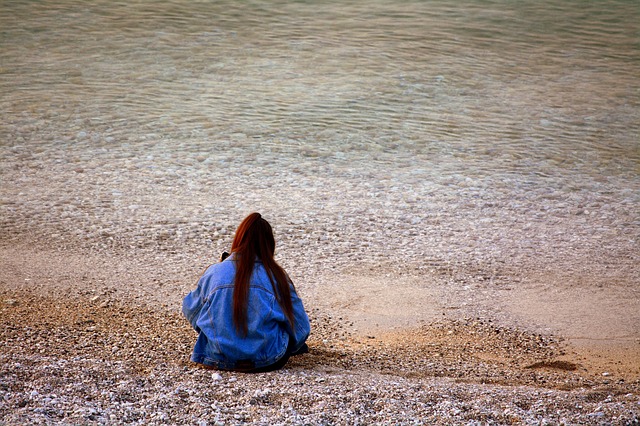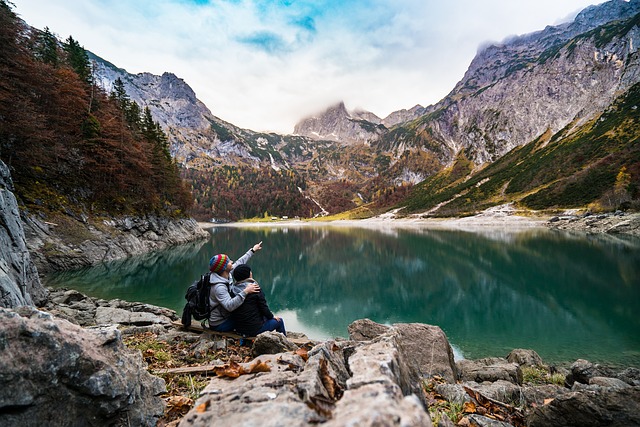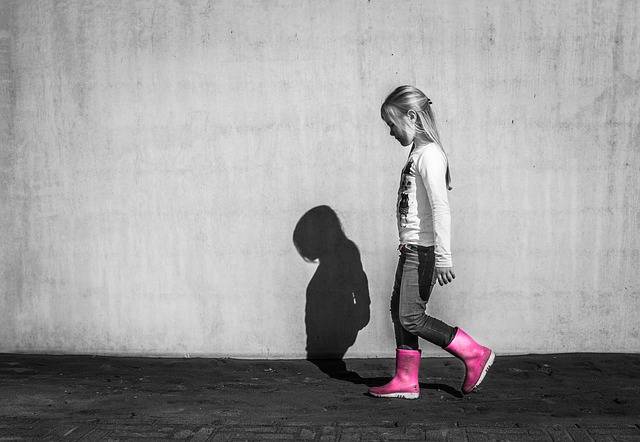Often, we live so much in our thoughts that we lose touch with our bodies and yet our bodies are the means to ground ourselves in the present moment. John Kabat-Zinn offers a meditation that helps us ground ourselves through our bodies. The meditation is described in Mindful.org and provided as a meditation podcast, titled Bodyscape Practice to Notice Sensations.
The purpose of the meditation is to develop your awareness of the sensations in your body. This includes focusing on the nature of the sensation, e.g. tingling, aching, throbbing, and extends to noticing how the sensation is experienced, e.g. as discomfort, pain or resignation.
You can also expand your bodily awareness to encompass your skin, the largest organ of your body. This may involve noticing the cool or heat of the air flowing over your body and sensed by your skin. It extends to getting in touch with the variation in the sensations of your skin in different parts of your body – heat, chills, or dryness. Jon Kabat-Zinn reminds us of the marvellous organ that the skin is and how it mediates our experience of the physical world and how we breathe through our skin.
The core advantage of noticing your bodily sensations is grounding yourself in the “now” -in your present reality as experienced through your body. The following meditation helps to achieve this groundedness.
Noticing the sensations of your body
Jon Kabat-Zinn provides a number of steps in his bodyscape meditation and these can be summarised as follows:
- The meditation begins with physical grounding through a focus on posture while sitting or lying. Holding your fingertips together while adopting a comfortable position for your hands and other parts of your body, can add to your awareness of bodily sensations – it is often easy to experience tingling in your fingertips as bodily energy flows in the course of a meditation. Touching your fingertips together can also serve as an anchor to enable you to experience energy flow in your body at any time and to become grounded very quickly.
- Focus on your breath – get in touch with the ebb and flow of your breathing by noticing your in-breath and out-breath while observing the gap between them. When you get in touch with the gap, you can rest in the peacefulness and equanimity that can be experienced in this space.
- Move your focus to where your body contacts the floor, the chair or a table/desk. Notice the nature of the contact and the different levels of pressure experienced at various contact points.
- Now shift your focus to a body scan – seeking out any bodily sensation that is a particular source of discomfort or pain. Let your awareness, aided by your grounded breathing, focus on any particular point where the sensations are strong. Sit with awareness of this part of your body, noticing the nature and intensity of the sensation and how you are reacting to it.
- You can progressively deepen your awareness to your very joints, muscles or bones – opening up to whatever the sensation is at the moment. John Kabat-Zinn, in his meditation podcast, takes this bodyscape meditation to a deep level and helps you to enter more fully into the depths of the “bodyscape”, just as he does in creating awareness of the depths of “touchscape“.
As we grow in mindfulness through bodyscape meditations, our awareness of our bodies expands, we become more easily grounded in the present and more able to accept what is.
____________________________________________
By Ron Passfield – Copyright (Creative Commons license, Attribution–Non Commercial–No Derivatives)
Image source: courtesy of pcdazero on Pixabay
Disclosure: If you purchase a product through this site, I may earn a commission which will help to pay for the site, the associated Meetup group and the resources to support the blog.



